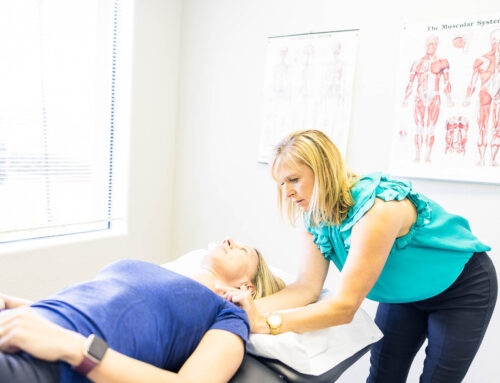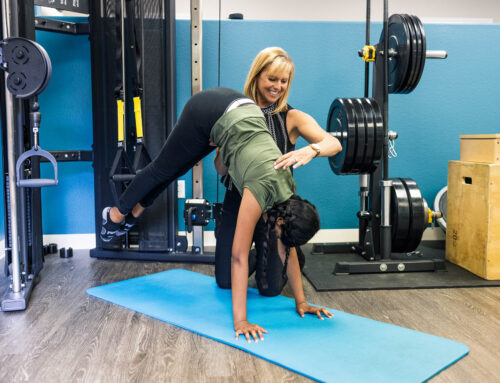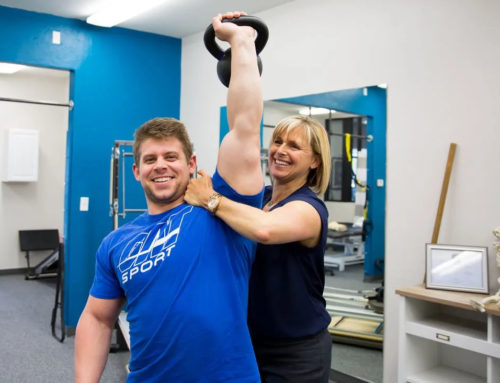Triathlon competitors like a challenge. Some have run in several marathons and are ready to push their body in different ways, or have competed before and want to beat a personal record. Some are first-timers and have set a bucket list or health goal to compete in a triathlon. Regardless of the level of experience, you want to train smarter, not harder when it comes to getting ready to compete in a triathlon.
Common Training Mistakes
The biggest training mistake I see with first-time competitors is they go out too hard and too fast. They are excited and want to make a big initial push. This usually results in injury or exhaustion. You are asking your body to do something it hasn’t done before, so you have to ease into it to find your boundaries and where you can push a little more. It’s about building strength and endurance over time, so depending on the distance and if you are in shape and active, you must start your training at least three months prior to the event. If you have never competed before, you may want to start getting in shape nine to 12 months prior to the event.
Repeat competitors, or those who have run for a long time and want to add on with swimming and biking, tend to overtrain for endurance and forget to train for strength, flexibility and mobility. When training for a triathlon, you have to cross train. This means incorporating yoga, stretching, Pilates, and weights into your training routine.
It’s Not All About Endurance
Strength is crucial for triathletes. Did you know that running puts six times your body weight on your hips and nine times your body weight on your knees! You need a lot of strength in your legs to absorb that kind of constant pressure when you are competing. If you focus too much on endurance and miss the strength piece, you can start to create imbalances that lead to pain and injury.
Strength training means focusing on building muscles in balance. If you’re quad dominant and strong on the front of the leg, you can create an imbalance in the glute and hamstring. This most often results in knee injuries because you are putting too much stress on the patellar tendon in the knee and the Achilles tendon in your ankle. This can also cause tendonitis.
Rest is also crucial to a successful triathlon training program. You have to listen to your body to see how much you can do, and if you overdo it, take the time to rest and recover. It is not about doing more and more until you break. You don’t need that much volume, you need more variety to build well rounded muscle volume, flexibility, mobility and endurance. In fact, doing more and more can actually break down the muscle tissue, whereas giving your body the opportunity to rest actually builds the muscle tissue.
Train Smart
By setting up an appropriate training program that incorporates varied activities from running and swimming to weights and yoga, and giving your body days for recovery, you are much more likely to hit your triathlon goals without suffering an injury. You can work with a group to train, hire a coach, or schedule with a physical therapist who specializes in working with athletes. And if you need a rest day, take a rest day. Training is not about killing your body – it is about making your body better and stronger. You want to challenge yourself enough to grow, but not enough to break. Find out where that line is for you then push incrementally and smartly by adding a little each time.





